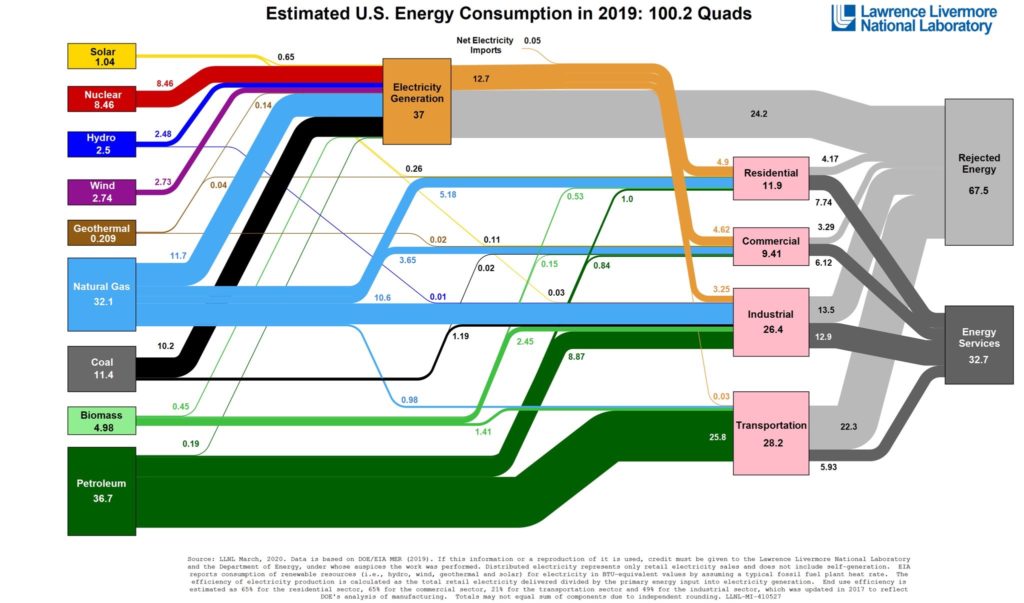Here’s why.
On 12 January 2009, Hal Finney received 10 BTC from Bitcoin’s creator Satoshi Nakamoto in the first ever Bitcoin transaction.
The block in which this transaction was recorded (block 170) was mined by Nakamoto, with a standard personal computer running the Bitcoin client software.
The transaction was sent from this standard personal computer, to Finney’s standard personal computer. There was no specialized material involved, no mining farm, no “energy burning as big as Switzerland”.
It was just two normal people using normal computers’ CPUs, exchanging data through a normal Internet connection. Peer-to-peer.
The block that included this transaction, and made it immutable and verifiable by anyone (for as long as the Bitcoin network will work), was the same as the blocks mined today. Back then, it gave a reward of 50 new BTC to the miner who discovered it (in this case Nakamoto), and it took approximately 8 minutes to be mined.
That block contains exactly 2 transactions. One was the mining of the 50 BTC subsidy, and the other was the transfer of 10 BTC to Finney and 40 BTC back to Nakamoto change address. 2 transactions, or 3 overall, depending how one looks at it.
A desktop computer uses an average of 181 Watt hours (Wh). This is the computer itself (171 W) and the internet modem (10 W).
Multiplied by two (Nakamoto and Finney), that’s 362 Wh. For the 8 minutes it took to mine this block and make the transaction, that comes to 48.3 Wh for 3 transactions. That is, 16.1 Wh per transaction.
In reality, the transaction didn’t take 8 minutes, merely a few seconds at the most, but for the sake of this comparison, we will count the whole block as it provides the final settlement of the transactions it contains.
If we compare with the Visa network for example, who declares consuming a total amount of 205,555,556 kWh globally for all its operations, and processed 138.3 billion transactions in 2019, that is an average of 1.49 Wh per transaction.
So, on a purely ‘per transaction’ metric, Bitcoin consumes ~10 times the energy of the Visa network, right?
Well, not really. Because the figure presented by Visa only counts what the company consumes, not the computers used by merchants and customers to make the transactions. If we want to compare apples with apples, we should add the computing power and modem consumptions of all participants in the transaction, from the customer to the merchant.
Bitcoin is a peer-to-peer network. There are no intermediaries between the sender and the receiver. On the other hand, Visa is an intermediary, so transactions on the Visa network ALSO consume energy to be sent to and from Visa, from and to the client and the merchant.
If we safely assume the large majority of merchants are receiving their Visa transaction from a standard computer and/or a credit card POS machine (average consumption 100 W), we need to add this extra energy — obviously not counted by Visa for their own operations — to the ‘per transaction’ total. Otherwise we would only be counting one part of one small part of the transaction and ignoring everything that comes before and after.
But that’s not all. There is at least one more computer involved in this transaction. As shoppers know, merchants use the same POS machine whether payment is made with Visa, MasterCard, Amex, or any debit cards. This is because the payment doesn’t go directly from the client to Visa, but first gets handled by a card processor, often a bank or a specialized business renting out the machine to the merchant and handling different card companies.
We suddenly realise that there are more participating computers for one single Visa transaction than for one Bitcoin transaction. Obviously, the Bitcoin transaction must be consuming less energy if it requires fewer machines to process it.
Of course, we know both network scale differently.
But we also know the computing power of the Bitcoin network varies according to the price of BTC (it becomes more or less profitable for miners, who plug or unplug their machines accordingly). And that this variation of computing power influences the adaptive mining difficulty, further complexifying calculations. Rendering one unprofitable miner suddenly profitable, or the opposite.
We also know that one single Bitcoin transaction can have multiple recipients, essentially multiplying its energy efficiency ‘per transaction’ hundredfold, on the main Blockchain. We are not even talking about ‘layer 2’ systems like the Lightning Network or Liquid.
Even on the base layer protocol, many transactions are included in a block, so depending on the block the energy consumed will need to be divided by more or fewer transactions in total.
If that first transaction from Nakamoto to Finney had been bundled with many others, the same amount of energy overall would have been spent in total.
Environmental impact is also not directly connected with energy consumption. And not connected at all to how that energy will precisely be used.
You, me, and even Tesla, are dependant on the energy source that our governments decided to make available to us. For example, how much CO2 does charging your smartphone emits in the atmosphere? And how much CO2 emissions does building one Tesla car produce?
Obviously, the answer will depend on government’s energy grid choices. It doesn’t make sense to compare two identical phones if one is charged by 100% run-of-the-river hydraulic energy and the other one uses electricity from coal. Because even though the two phones are exactly the same, their respective owners did not choose the origin of the electricity they had to consume.
Same logic applies to a Tesla produced in a state favoring and encouraging renewable energy, or one built in a factory using electricity coming from coal.
Furthermore, it would make even less sense to calculate the energy and CO2 per photo or song in the phones’ memory, because their batteries will use the same amount whether the phones are full of data or free space.
Similarly, CO2 emissions from Tesla manufacturing is not impacted by the length of each individual car. A longer model uses more or less the same energy and produces more or less the same CO2 emissions as a shorter one, but nobody would calculate Tesla’s CO2 emissions ‘per inch’.



